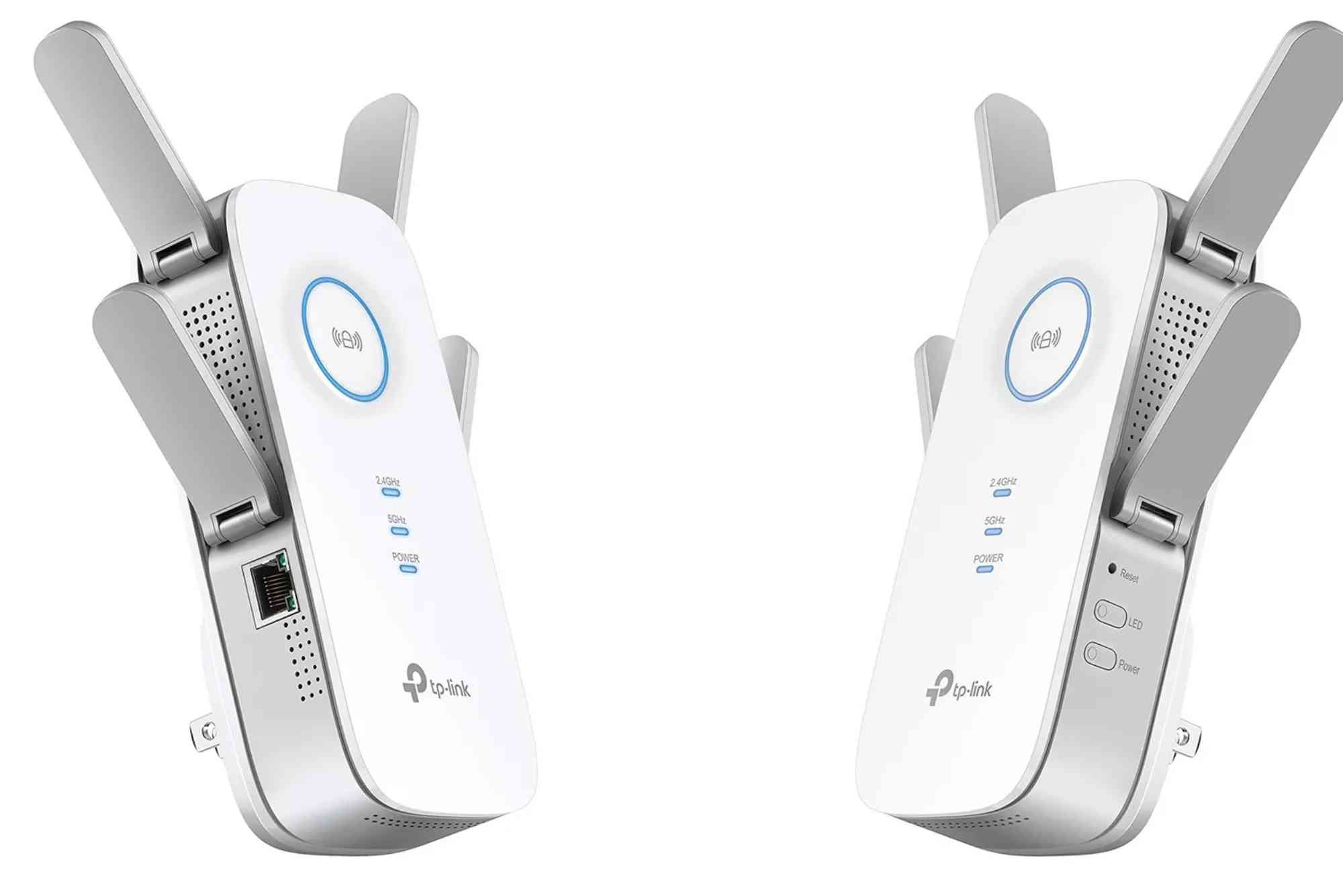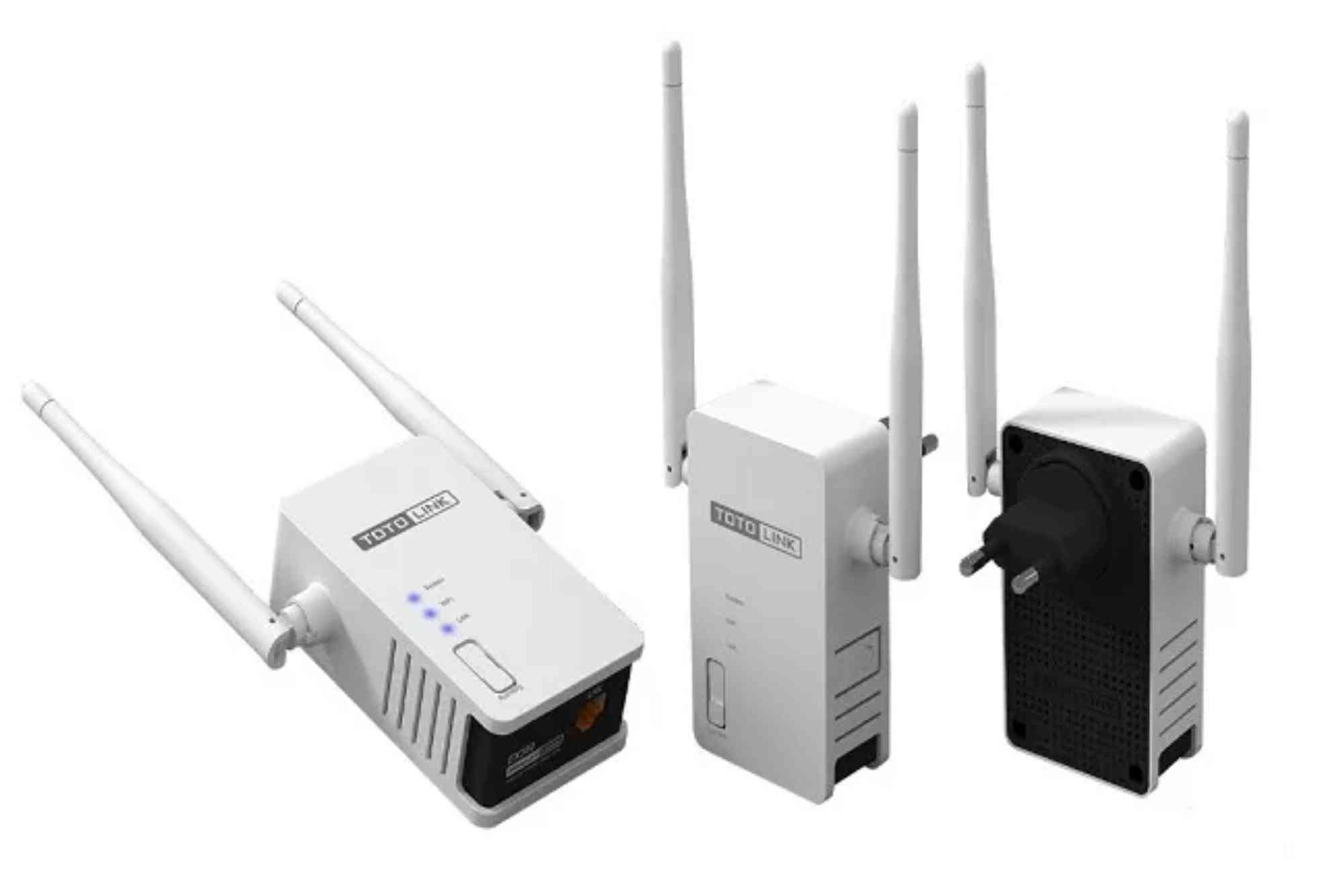Step-by-Step Wi-Fi Mesh Network Setup Guide
A fast and stable internet connection is no longer a luxury; it’s a necessity. Whether you’re working remotely, gaming, or streaming, poor Wi-Fi coverage can quickly become frustrating. That’s where a Wi-Fi mesh network setup comes in. Unlike traditional routers that often leave dead zones, mesh networks provide seamless connectivity across your entire home or office.
If you’ve been struggling with weak signals in certain rooms, this guide will walk you through the process of setting up a Wi-Fi mesh network step by step. By the end, you’ll know how to choose the right system, install it properly, and optimize performance for smooth browsing everywhere.
What is a Wi-Fi Mesh Network?
A Wi-Fi mesh network is a system of multiple nodes or devices that work together to provide a single, unified Wi-Fi signal. Unlike a single router that broadcasts from one location, mesh nodes are spread across your space. Each node communicates with the others, creating a “web” of coverage that eliminates dead zones and ensures consistent speeds.
This setup is particularly useful for large homes, multi-story buildings, or offices where traditional routers can’t reach every corner.
Why Choose Wi-Fi Mesh Over a Regular Router?
Traditional routers often provide strong signals close to the base station but weaken as you move farther away. Range extenders can help, but they often create separate networks, forcing you to switch manually.
With mesh, your devices automatically connect to the nearest node. This means you can walk around the house while streaming, video calling, or gaming without interruptions.
Key benefits include:
-
Seamless roaming between nodes
-
Expanded coverage without dead zones
-
Easy scalability with additional nodes
-
Centralized control via mobile apps
Preparing for Your Wi-Fi Mesh Network Setup
Before diving into installation, a little preparation will save time and frustration.
Check Your Internet Plan
A mesh system won’t magically increase your internet speed if your plan is too slow. Make sure your broadband package offers enough bandwidth for your needs. For households with multiple devices streaming 4K content or gaming online, at least 200 Mbps is recommended.
Choose the Right Mesh System
Popular options include Google Nest Wi-Fi, TP-Link Deco, Eero, and Netgear Orbi. Consider these factors when choosing:
-
Coverage area (measured in square feet)
-
Number of devices supported
-
Speed ratings (Wi-Fi 5 vs. Wi-Fi 6)
-
Budget and scalability
Decide Node Placement
Plan where you’ll place the nodes before setting up. Ideally, one connects to your modem, while others are placed strategically to cover dead spots. Position them in open spaces, away from thick walls or large appliances that block signals.
Wi-Fi Mesh Network Setup
Setting up a mesh system is easier than it sounds. Most modern kits are designed with user-friendly apps to guide you.
Unbox and Power Up
Start by unboxing your mesh kit. Identify the primary node, often labeled as the “main router.” Plug it into a power source and connect it to your modem using the provided Ethernet cable.
Download the App
Most mesh systems require an app for installation and management. Download the manufacturer’s app on your smartphone. This app will guide you through the process and let you control settings later.
Create Your Wi-Fi Network
Open the app, follow the prompts, and create your Wi-Fi name (SSID) and password. Choose something memorable but secure. Avoid using personal information that hackers could guess.
Place Additional Nodes
Now, set up the secondary nodes. Position them halfway between the main router and the areas with weak coverage. Plug them into a power outlet and follow the app’s instructions to sync them.
Test Coverage
Once nodes are active, walk around your space with your smartphone. Check for strong signal bars in every room. The app often provides tools to test connection quality between nodes. Adjust placement if needed.
Configure Settings
After the basics are set, explore advanced features. Many systems offer:
-
Guest networks for visitors
-
Parental controls to manage screen time
-
Device prioritization for gaming or streaming
-
Security updates to protect from threats
Connect Your Devices
Finally, reconnect all your devices to the new Wi-Fi network. Since it’s a single network, you won’t need to worry about switching between extenders.
Optimizing Your Wi-Fi Mesh Network
Even after setup, a few adjustments can maximize performance.
Update Firmware Regularly
Manufacturers release updates to fix bugs and improve stability. Check the app regularly and install updates promptly.
Avoid Interference
Keep nodes away from microwaves, cordless phones, or thick walls that weaken signals. Place them at least a few feet off the ground for better range.
Add More Nodes if Needed
If coverage is still weak in certain areas, expand by adding more nodes. Most systems allow easy integration of additional units.
Monitor Bandwidth Usage
Some mesh apps let you track which devices use the most bandwidth. If one device hogs all the internet, you can limit its priority to keep things balanced.
Common Mistakes to Avoid in Wi-Fi Mesh Setup
-
Placing nodes too far apart, which weakens the signal chain
-
Ignoring firmware updates
-
Using weak passwords that compromise security
-
Expecting faster speeds without upgrading your ISP plan
Real-Life Example: Improved Coverage with Dhanote Internet Services
Users in Pakistan often struggle with weak Wi-Fi coverage due to thick concrete walls in homes. Many have turned to Dhanote Internet Services for reliable broadband. Pairing a fast internet plan with a mesh system ensures uninterrupted streaming, online classes, and remote work without dropped signals. This combination highlights how choosing the right provider and setting up a mesh network can transform your digital experience.
Upgrade Your Home Wi-Fi Experience
Setting up a Wi-Fi mesh network is one of the best ways to eliminate dead zones and enjoy consistent coverage across your entire home. With just a few simple steps, you can create a reliable network for all your devices.
If you’re tired of weak signals or constant disconnections, it’s time to make the switch. Choose a strong internet provider like Dhanote Internet Services and pair it with a quality mesh system for the ultimate online experience. Don’t let poor Wi-Fi hold you back—upgrade today and enjoy uninterrupted connectivity in every corner of your home.
FAQs
Do I need to replace my router with a mesh system?
Yes, in most cases the mesh main router replaces your old router. However, some systems can work with existing routers in bridge mode.
How many nodes do I need for my home?
It depends on the size of your home. A two-pack is often enough for small to medium homes, while larger houses may need three or more nodes.
Does a mesh network work with all internet providers?
Yes, mesh systems are compatible with almost every ISP. You only need a modem to connect the primary node.
Can a mesh network improve my internet speed?
It won’t increase your plan’s maximum speed, but it ensures you get full speeds across your entire home by eliminating dead zones.
Is a Wi-Fi mesh better than range extenders?
Yes, mesh provides seamless roaming with one network, while extenders often create separate SSIDs that can be inconvenient.








